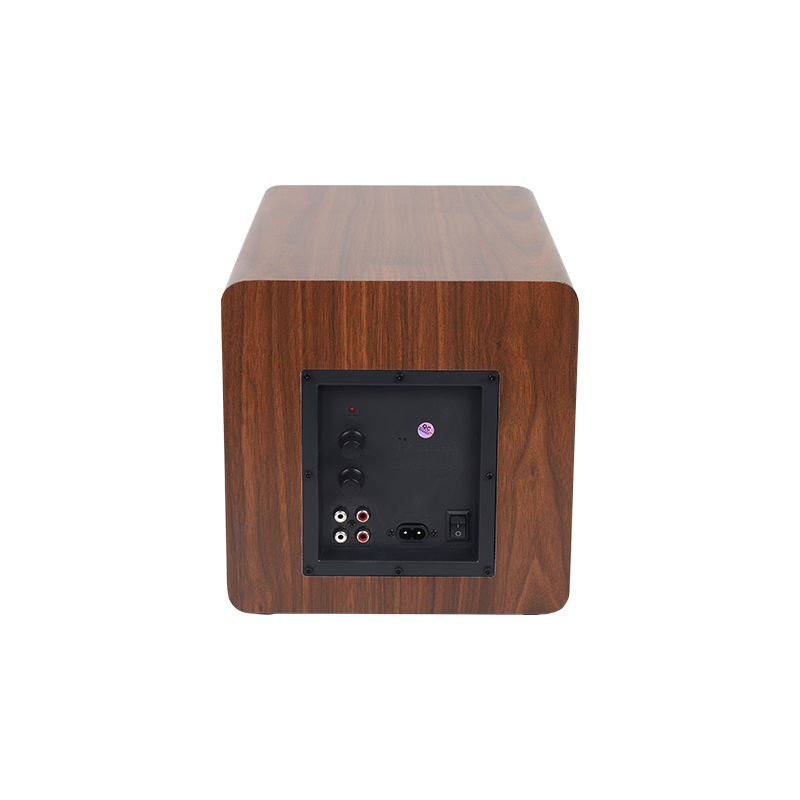Many sound engineers or performance engineers often encounter a problem. Why do professional sound engineers always have a high fever? That is, their boxes always have a high fever. What is the matter? Let's get to know the Jazz Dragon.

1. Unreasonable configuration of speakers and power amplifiers
The output power of the power amplifier is too high, causing damage to the tweeter. In professional occasions, loudspeakers can generally withstand signal impact of 3 times of rated power, and can withstand peak impact of 5 times of rated power instantaneously without problems. Therefore, it is rare for the sound unit to burn up due to the high power of the power amplifier, rather than accidental strong impact or the microphone howling for a long time.
Why does professional audio always have a high fever
As we all know, there are multiple loudspeakers in the loudspeaker, and the power borne by the loudspeakers is distributed differently according to the different frequency dividing points
The rated power of speakers. Generally, the maximum pink noise power is indicated for professional speakers, that is, the rated power of speakers refers to the pink noise or analog signal power that broadband can withstand. A two division loudspeaker with a frequency division point of 1.6kHz and a rated power of 100W can be divided into 78W output power for the bass unit and 22W for the tweeter at rated power. Therefore, it can withstand 100W pink noise power or ordinary program signal power applied to the speaker. When 100W single frequency signal is used for testing, both the tweeter and bass unit may be damaged. If the dividing point of treble in a three division loudspeaker is 4kHz, the bearing power of the treble unit is only 5% of the nominal power. If the power distribution is improper, the tweeter unit will be easily damaged.